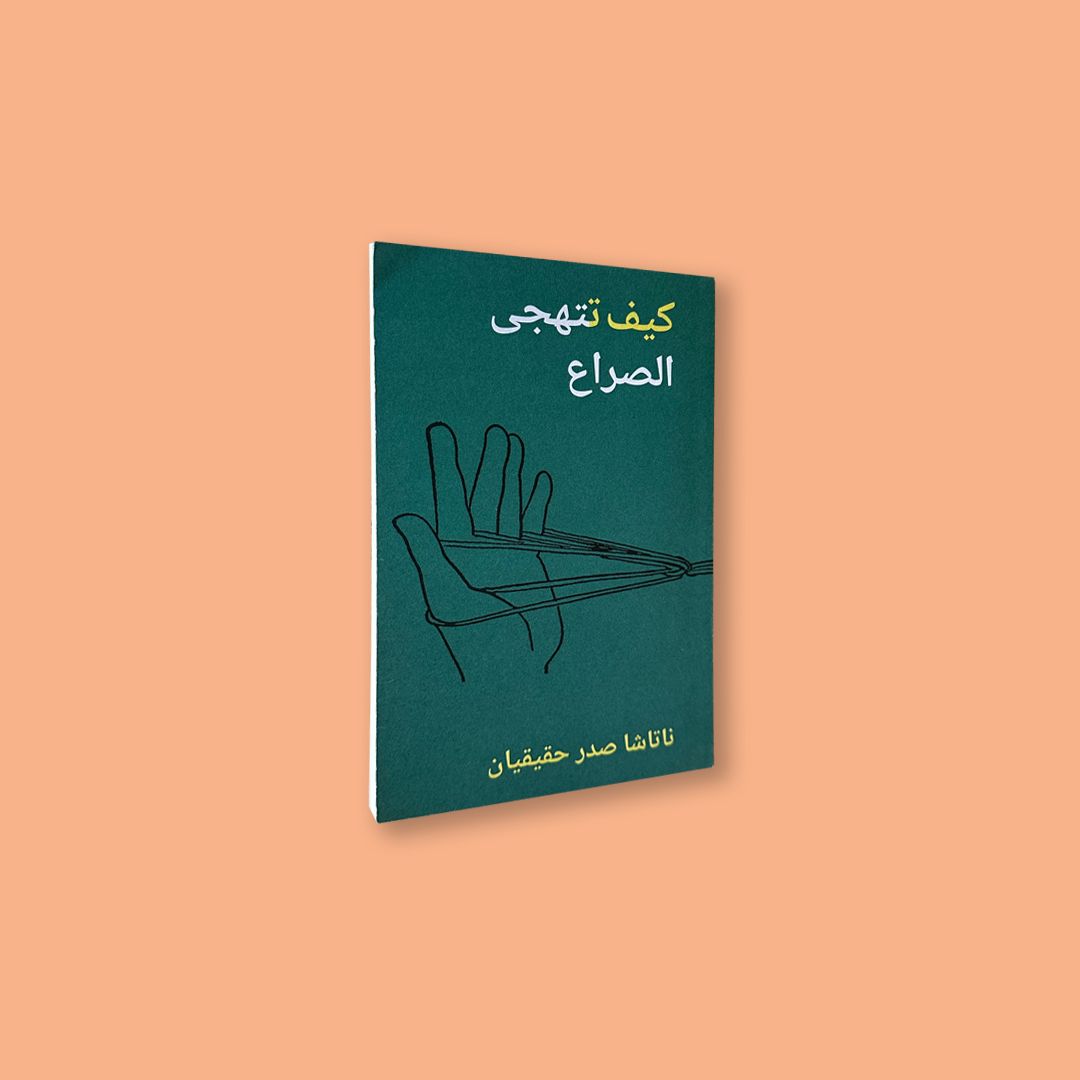Composed, arranged and performed by Neo Muyanga, this audio cd supplement was part of the Chimurenga Chronicle (October 2011) , a speculative newspaper which is issue 16 of Chimurenga.

Tracklist:
a) 1+1= (a re-composition of a 5000-year-old offering to Lord Ganesha, the Hindu deity, an opener of sorts)
b) 4:7 (heaven’s on the ocean is a proportional refrain on reaching nirvana, the 7th grade, via the mundane material world)
c) 3sin= rθ (sino projection technology theme)
d) 3(x)n (illegal border crossing and migration theme. composed for dancers)
e) e=mcx \rightarrow \infty (a true story about an explosive riot day with SADF soldiers who attacked Soweto on June 16th, 1985. Composed for those who got hurt)
f) ƒ:X→Y (horizon heart aflame. Composed for a lover)
g) (a summing of random themes theme)
h) 4x+2 (the 2 or 4 step theme)
i) y~ 6/8 (a travelling theme in 6 parts over eight. Composed for puppets)
j) y\ge \!\, 6/8 (a running theme in 6 parts over 8 )
k) 1/4° (a kota bread theme. Composed for skolies and thieves)
l) (a perpetual circle. Composed for an apartheid-era multi-racial soccer club)
How to Spell Conflict by Natasha Sadr Haqeian, in Arabic (Kayfa ta, 2018)
How to Spell Conflict by Natasha Sadr Haqeian, in Arabic (Kayfa ta, 2018)
James R. Murphy is a teacher from LaGuardia, New York. Murphy considers mathematics to be the most powerful, abstract, and malleable language available to humanity. To introduce his students who don't "like" math to abstract and systematic thinking, he placed a thread between their hands and taught them how to make shapes with it. "How to Spell Conflict" traces a thread that has been running through our fingers for centuries. This thread has evolved from the tangible shapes our hands made in childhood to the more elusive computational algorithms that occupy our fingers today as they constantly interact with digital devices. By tracing this thread through its various twists and turns, the study evokes a discussion of the meaning of collective agency, aiming to rethink current models of perception, education, and power.

